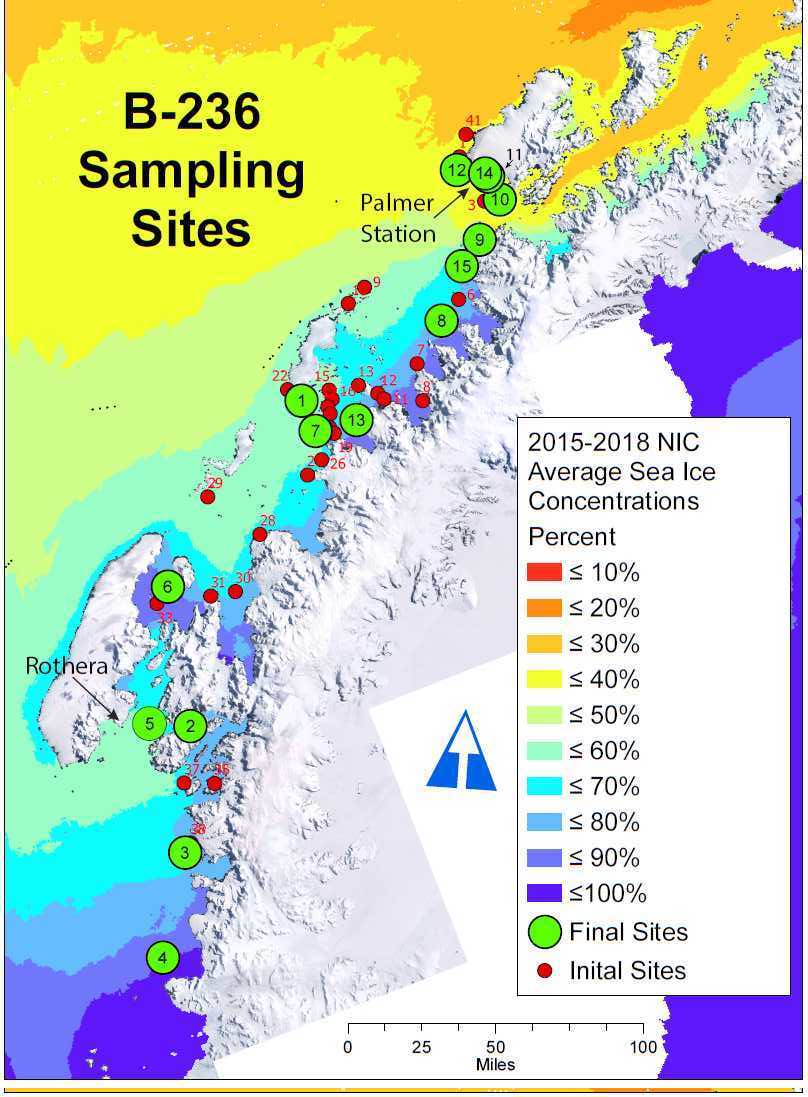Interactions between sunflower stars and urchins – University of Oregon
Predator-prey interactions shape ecosystem processes and can have far-reaching consequences for community stability and resilience across scales. These interactions are frequently mediated in the form of lethal or consumptive density-mediated interactions (DMI), it is also possible for non-lethal phenotypic or behavioral trait-mediated interactions (TMI) to influence ecological outcomes.
The recent population collapse of the generalist mesopredator Pycnopodia helianthoides due to sea star wasting disease has been implicated as a major contributing factor to the proliferation of the grazing purple urchin Strongylocentrotus purpuratus, which has been released from Pycnopodia predation. The recent decimation of kelp forests across the central North American West coast, particularly in Northern California and British Columbia, has been attributed in large part to this release and has been suggested to be a putative trophic cascade. TMI between Pycnopodia and sea urchin behavior has not been quantified and understanding how and to what degree Pycnopodia may suppress sea urchin grazing can provide important information as various conservation efforts surrounding Pycnopodia and kelp proceed.
As part of my PhD research at the Oregon Institute of Marine Biology, I am studying the strength of TMI between urchins and Pycnopodia, as well as determining the feeding preferences of Pycnopodia through a series of experiments. Specifically, I ask the questions: 1) Do TMIs between Pycnopodia and S. purpuratus alter the feeding behavior of the urchins? and 2) Does the hunger state of S. purpuratus change their response to food in the presence of a predator cue? 3) Given a choice, what prey do Pycnopodia prefer to consume?

© Tim Dencker
Seaweed Forests of Antarctica – UO/UAB/UAF/TAMU
What is the diversity and composition of seaweeds along the Western Antarctic Peninsula (WAP), and what is the structure of associated food webs?
With researchers from University of Alabama, University of Alaska, and Texas A&M, the Coastal Trophic Ecology Lab conducted diver video transects at 15 sites across a gradient of latitude and annual mean ice cover along the WAP in Spring of 2019, and collected associated invertebrate consumers for biomarker analyses.
We will use the videos to characterize the seaweed assemblages and analyze seaweed and invertebrate samples for stable isotope and fatty acid content which will allow us to construct food webs of this relatively understudied community.

(image: Andrew Klein)
MarineGEO – Smithsonian Institution
The Smithsonian’s MarineGEO project is the first global network focusing on long-term monitoring and experimentation of coastal biodiversity. We work with partners in North and Central America, Oceania, and Asia to generate and open-access data set of long-term measurements and coordinated experiments aimed at uncovering processes that modify and are modified in turn by communities of marine organisms. We recently finished a global coordinated experiment called Ocean Bitemap that describes global patterns of top-down control in many common marine habitats. Results of this work were published in PNAS!
Seagrass Metacommunities – University of British Columbia
The assembly and persistence of ecological communities is a phenomenon that occurs across large spatial and temporal scales. However, the relative effects of regional versus local processes on community structure are not well understood in marine ecosystems. In order to understand how scale can alter processes that drive variation in community assembly it is necessary to determine patterns of diversity across multiple scales. For my Master’s research, along with members of the O’Connor Lab at University of British Columbia, we used invertebrate epifaunal communities in the foundation seagrass species Zostera marina to test:
1. whether this marine community exhibits meadow-scale variability through time, and
2. whether we can identify patterns of connectivity and diversity within and among meadows in the same region.
We found that seagrass epifaunal communities are variable in terms of their rarefied richness, alpha and beta diversity, and evenness among meadows. In addition, differences in these metrics were detected over the course of a summer season. You can find out more in our publication at Ecosphere!

© Whippo
Kelp Subsidies and Sea Urchins – University of Washington
Do sea urchins migrate? Sea urchins in the San Juan Archipelago enjoy a bountiful supply of detrital kelp (their favorite food), that is delivered to them by strong tidal currents. Ageing kelp is stripped from the live kelp thallus and blown across the benthos for consumption. It’s like home delivery for urchins. We wanted to know if the urchins of the San Juan Islands in Washington State moved from shallow waters to deeper waters following the supply of kelp on a seasonal basis, and how that might impact the surrounding community. To find the answer see our published work here in Marine Ecology.

